Did you know that January is National Train Your Dog Month? As such, it’s the perfect time to brush up on your dog training technique and teach Fido those tricks you want him to perfect.
If you haven’t yet got around to training the family dog or you simply want your fur pal to learn a few new tricks or commands, January is a great time to do so. Use National Train Your Dog Month as inspiration and enjoy the many benefits of dog training. Here are a few fun tips to help you.
Firstly, it’s essential to recognise the importance of appropriately training your dog. Having a well trained dog is good for you and for your four-legged friend.
Animal Behavioursit Dr Jo Righetti advises, “Not training a dog is a big issue. Dog owners often wait for their dog to behave well and often this does not happen.
“For example, they may wait for their young dog to stop jumping up. Instead, they should teach and/or reward the dog for calm, four-paws-on-the-floor behaviour.
“Some owners will use older techniques, which may be punishment based. However, just as we no longer advocate physical punishment for human children, we also don’t advise this for dogs.
“Instead, think of positive ways to reward your dog. As a behaviourist, my advice is to socialise your young dog correctly. Introduce them to many, many positive experiences and this will set them up for life, preventing many unwanted issues down the line.”
Image source: Eddy Lackmann on Unsplash
How to teach your dog to ‘stay’
According to the RSPCA UK, teaching your dog to stay goes hand in hand with keeping your fur pal safe. Therefore, when it comes to dog training, teaching your dog the ‘stay’ command is super important.
Apparently, ensuring your dog is well versed with the lying down command will make it much easier to teach them how to stay.
The RSPCA offers up the following six simple dog training steps:
- Ask your dog to lay down.
- Give your dog a hand signal – for example a ‘stop’ sign with the palm of your hand facing your dog.
- Instead of giving your dog the treat straight away, wait a few seconds. Say ‘stay’ and then reward. It’s important to reward your dog while they are still lying down and not if they have got back up.
- Practice this over and over again in short but regular sessions, gradually increasing the length of time your dog stays in the down position.
- Next up, start to increase the distance between you and your dog. Start by only taking one step back before giving them the reward and then slowly and gradually increase the distance.
- Practice in many different places – around the house, in the garden, at a friend’s house and at the local park.
Once your dog has mastered the art of staying in a lying position, teach your fur friend to stay in a sitting position.
Image source: Jamie Street on Unsplash
How to teach your dog to ‘come’ when called
This is one of the most basic commands to teach a dog. Luckily, it’s also pretty simple too!
Find a quiet area to start your training. This might be in the home or in the garden, but ideally not in a public place (too many distractions).
Crouch down next to your dog and say “come”. Every time you say “come”, give your fur baby a treat. At this point the dog doesn’t really have to do anything, you’re simply repeating the word to get his or her attention and giving a treat. Easy peasy!
Next, start to step away from your dog. Start off slow and take just one step. Issue the “come” command and give a treat. Repeat this until you can begin to move further away.
According to the American Kennel Club (AKC), you can even add in games to make dog training more fun. For example, toss a treat on the floor a little away from you and start to quickly move towards the treat while saying “come”. Ideally your fur friend will run after you.
Continue the game by running further distances away dropping the treat and saying “come”. Eventually your dog will have a positive association with the “come” command and will come promptly every time you call it.
Image source: Margo Brodowicz on Unsplash
How to teach your dog to ‘sit’
“Teaching a dog to sit is useful, as is waiting, perhaps on a mat or a specific area of the home. Certainly, keeping four paws on the floor and getting off the sofa is desirable in most households,” says Dr Jo.
“I like to get owners to look at what their dog does naturally, then put that on command and reward.
“Most dogs sit, so when they do this, issue a command ‘Sit’, also a hand gesture and praise your dog. This is an easy way to train a dog.
“Decide what is important to you and consistently reward your dog when they do this desirable behaviour.”
Image source: Dominik QN on Unsplash
How to teach your dog to ‘lie down’
Dog training is all about praise and repetition and teaching your bark buddy to lie down is much like teaching him to sit.
Firstly, you can simply wait for your dog to lie down, quickly issue the command and offer up a treat.
You may like to incorporate a second command that will encourage the dog to stand back up. Then, when he starts to lie down again, repeat the command (“lie down”) and give him another treat and pat.
Alternatively, you can use a treat to lure your dog to the floor from a sitting or standing position. Simply hold the treat near the dog’s nose and say “lie down” as you slowly move it towards the floor. When your dog’s elbows touch the ground, give the treat.
Repeat this many times until your fur pal gets the hang of it. Next, use an empty hand to lure the dog to the floor (issuing the “lie down” command at the same time). Only offer the treat once the dog is fully lying down.
Don’t forget, dog training requires patience (sometimes lots of it) and compassion. Never use force and try to be consistent with your training methods and approach.
A well trained dog is sure to bring you lots of joy and even if you only teach a few basic commands, this is the perfect foundation for future training.
Happy dog training!

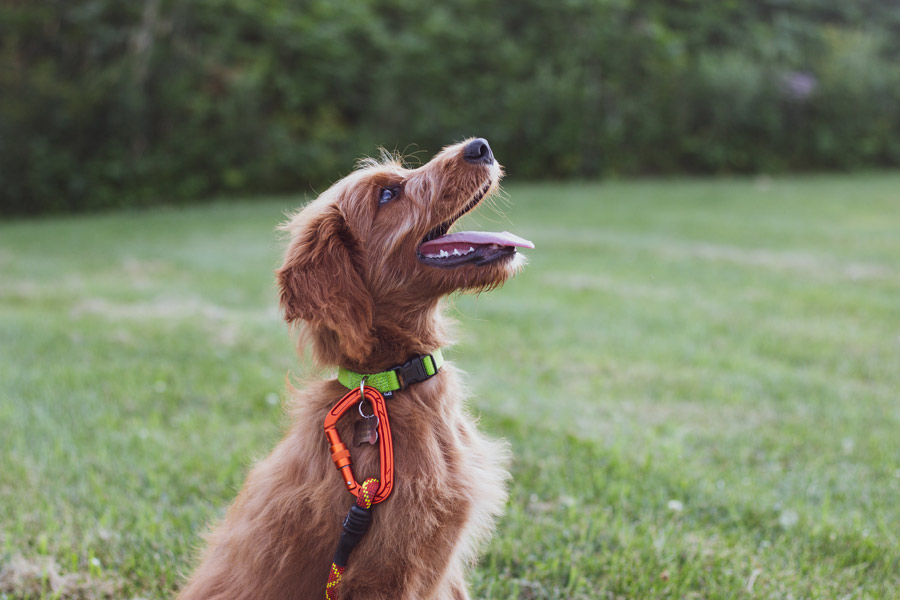
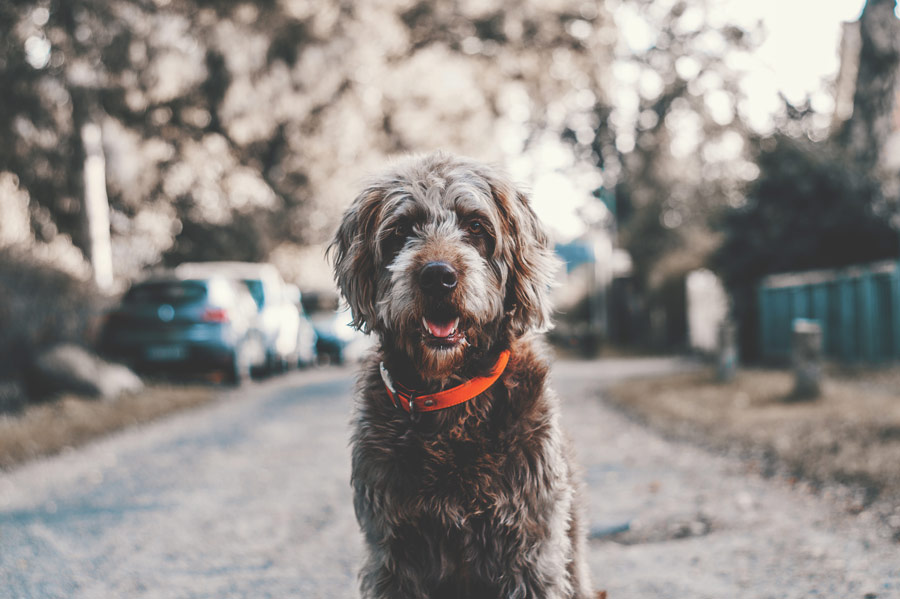
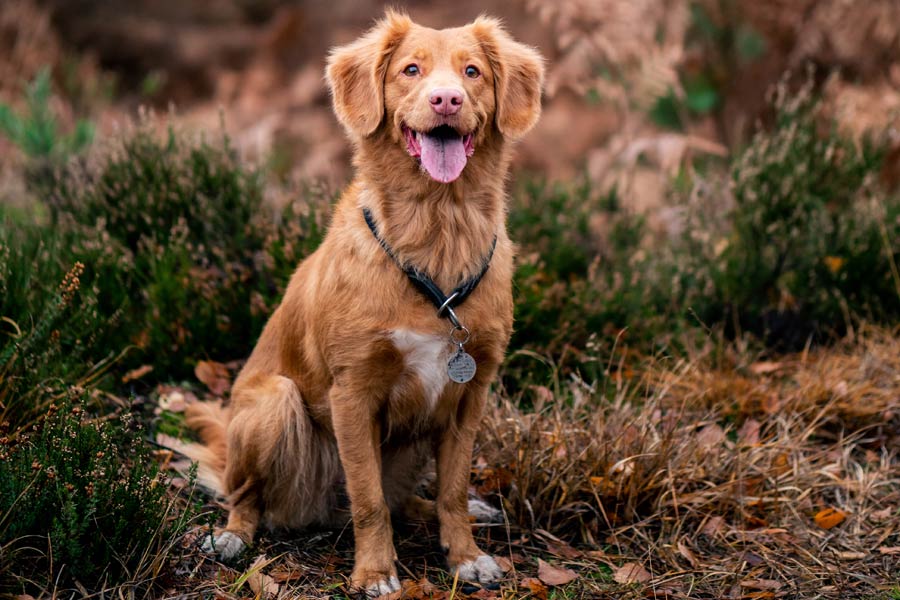
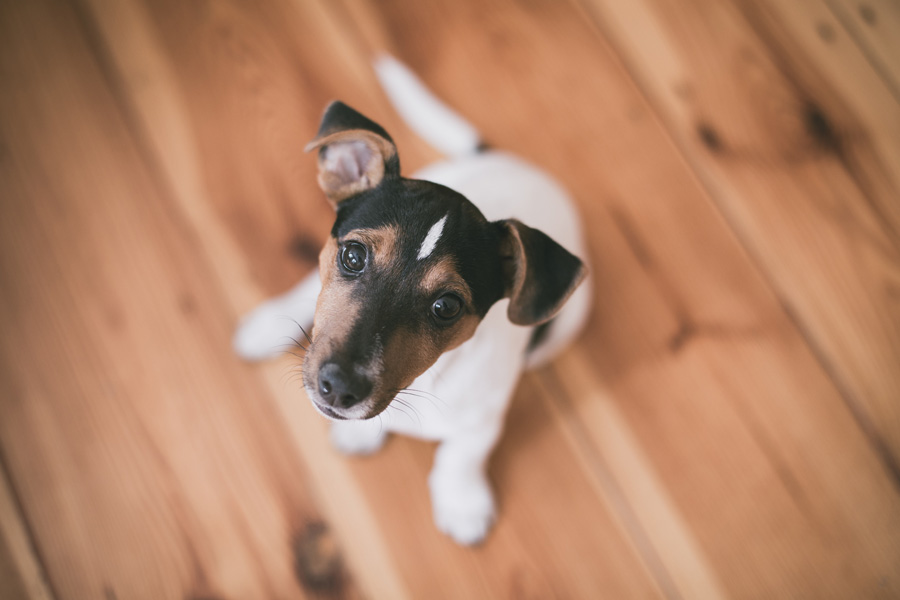



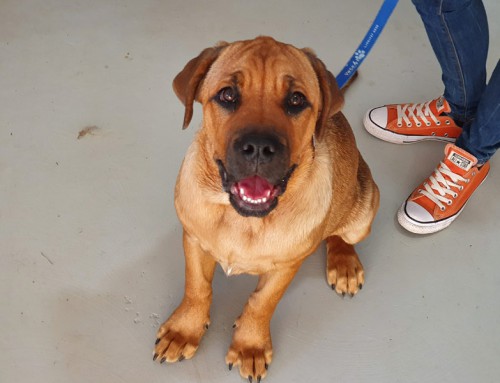
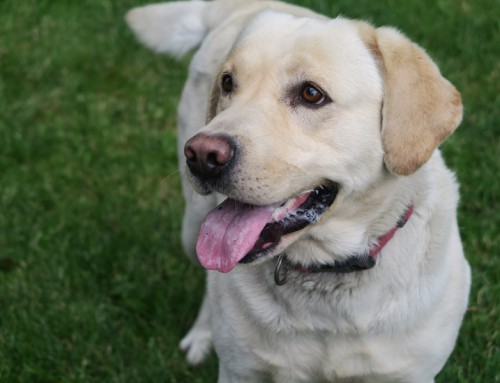

Leave A Comment